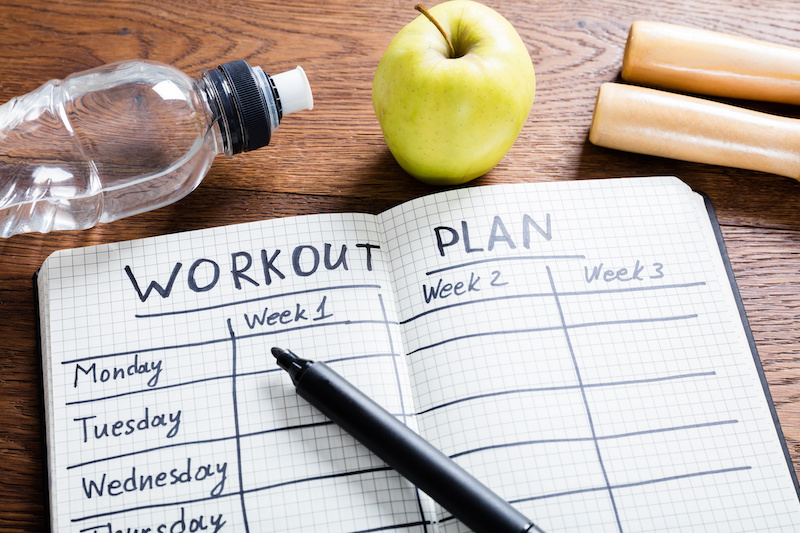By Alex Janis, CPT at Prescription Fitness (CLE, OH)
You may be tempted to think that training heavy is exclusive for those who powerlift or go up against 350 lb grown men in the NFL. However, when properly implemented, heavy submaximal strength training can take your physique to a whole new level, regardless of gender or current size. Why might this be and how can this be accomplished? The answer to these questions depends on muscle physiology, and is certainly more complex than what will be discussed here. However, these are the basics…
Training with heavy weight stimulates more muscle fibers than training with lighter weight. This is called the Motor Unit Recruitment Theory. Every muscle, let’s take the bicep for example, has hundreds to thousands of nerve synapses and their innervations (neural pathways of communication to muscles that cause contractions). Every muscle is also composed of hundreds to thousands of individual muscle fibers, like the arrangement of steel cable. One neuron and all of the individual muscle fibers it innervates is considered one motor unit. The body responds to weight by activating only the amount of motor units required to control a given weight. Increasing weight, then, will increase the number of motor units activated in a muscle. In the case of a biceps curl, 50lbs may activate 50% of your motor units but 80lbs activates 75% of your motor units. The heavier weight then contributes to more muscle breakdown via increased load and increased number of motor units that are being utilized. This additional muscle breakdown is necessary to develop a toned physique and will often push you past a plateau you may have hit!
Now that we have worked through the rationale of heavy training for physique development, how can you implement this type of training into your routine? Here are the keys to follow:
- Technique and form are first and foremost when it comes to lifting heavy loads to prevent injury and see results. With this being said, you should have the proper experience and coaching before beginning to add more weight.
- Assuming your biomechanics are ready to go, the next step is to determine when you should be training heavy. Strength gains do not diminish quickly, and for this reason heavy loads can be trained more sparsely. For example, choose two compound lifts per week such as squat, deadlift, or overhead press with which to attempt a submaximal lift.
- Larger compound lifts such as rows, squats etc. should be prioritized as they additionally recruit more motor units than isolation based exercises such as a bicep curl.
- When deciding on a submaximal weight to use and how many reps to attempt, percentage charts are extremely useful and are readily found online. Stick between 3 and 6 reps on compound exercises, which is 82% – 92% of your 1 rep max for that particular exercise. There is no need to go any heavier unless you are testing a true 1 rep max, which should be done every few months to readjust training weights as you get stronger. Relative to 1 rep being 100%, 3 reps = 92%, 4 reps = 87%, 5 reps = 85%, and 6 reps = 82%. Put another way, if your maximal over head press is 100 lbs, train 3 reps at 92lbs, 4 reps at 87lbs and so on.
- Don’t be afraid to miss a rep if the proper safety mechanisms are in place. If you don’t have access to an experienced spotter, always remember to use safety racks for squats and overhead movements.
- Finally, continue to use higher volume training for the majority of your additional lifts, typically 8-15 reps. Feel free to begin your workout with warm-ups, followed by your heavy lift, and concluded with higher volume training. A successful workout can be composed of both heavy and light exercises during the same session!
If you have any questions or comments, please respond to this blog post on our Prescription Fitness Facebook page. Happy Lifting!

Click on a Subject to Learn More



